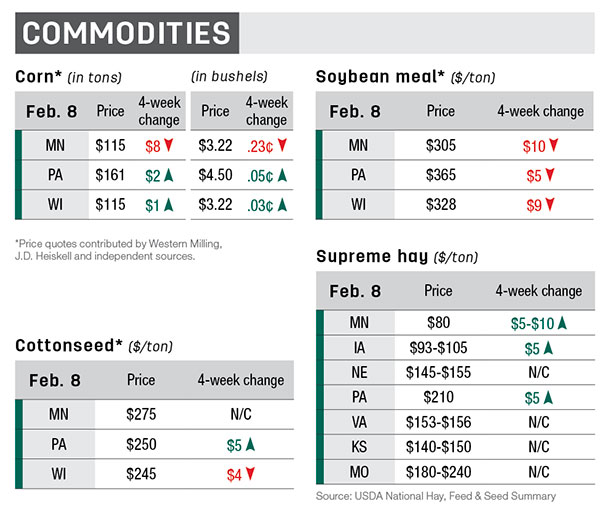However, this period of excitement can also be laden with frustration, as many producers say that it is not “if” but “when” they will fight calf scours.
While even the best laid plans go awry, it is important to implement a host of best management practices that will mitigate a large majority of the risk associated with scours. Remember that scours are preventable; here are a few tips for minimizing scours this year.
-
Nutrition – In my opinion, this is the largest contributing factor to scours in the herds I work with. Undernourished cows often lead to weak calves that do not effectively nurse colostrum. Moreover, thin cows produce both less and poorer-quality colostrum, so calves born to these females get two strikes right from the start.
-
Sanitation – While we cannot control Mother Nature, we can control what sort of environment that calf is born into. Clean and dry are the keys to success. This goes for the udder also. If the first suckle is full of mud and manure, the scour risk for that calf is raised exponentially.
-
Colostrum – This is not a novel concept, but remember: Newborns should consume 6 to 10 percent of their bodyweight in colostrum, preferably within the first 12 hours to maximize passive transfer of immunity.
- Scour vaccines and newborn oral supplements – These are great management enhancement tools which yield very positive results – if used in combination with No. 1, No. 2 and No. 3 on this list. However, these pharmaceuticals will not completely offset poor nutritional and environmental management.
As always, consult with the team of experts you have assembled including your beef extension specialist, nutritionist, veterinarian, and visit www.iowabeefcenter.org for all things beef. ![]()

-
Patrick Gunn
- Assistant Professor of Animal Science
- Iowa State University
- Email Patrick Gunn







